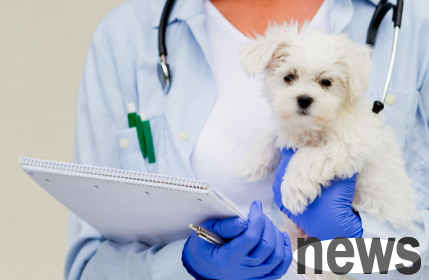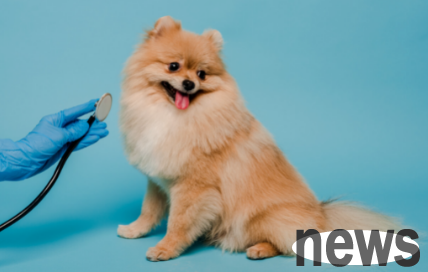Overview of uterine prolapse in dogs Uterine prolapse in dogs, also known as uterine prolapse, is a disease that affects the reproductive system of female dogs. This symptom usually occurs in unspasted female dogs, especially during estrus. Uterine...
Overview of uterine prolapse in dogs
Uterine prolapse in dogs, also known as uterine prolapse, is a disease that affects the reproductive system of female dogs. This symptom usually occurs in unspasted female dogs, especially during estrus. Uterine prolapse is mainly manifested as uterine slippage to the vaginal opening, causing obvious symptoms in dogs, such as vaginal bleeding, loss of appetite, etc.

Necessity of surgical treatment
1. Protecting dog life: Dog uterine prolapse is an emergency situation. If not treated in time, it may cause a threat to the dog's life.
2. Avoid complications: Untreated uterine prolapse may cause complications such as infection and necrosis, which seriously affects the health of the dog.
Preparation before surgery
1. Professional examination: Before surgery, a thorough physical examination must be performed by the veterinarian to ensure that the dog is suitable for the surgery.
2. Blood test: Perform blood tests to evaluate the overall health of the dog and ensure the safety of the surgery.
3. Preventive measures: Before the operation, the veterinarian will take necessary anti-infection measures to reduce the risk of infection after the operation.

Surgery method
1. Laparoscopic surgery: In modern pet medical care, laparoscopic surgery has become a common method for treating uterine prolapse. Laparoscopic surgery has the characteristics of low trauma and quick postoperative recovery. It can relieve pain in dogs while helping to reduce the risk of infection.
2. Open surgery: In some complex situations, a veterinarian may choose a traditional open surgery. This is often used to deal with severe lesions or complications, ensuring comprehensive and safe surgery.
Nursing after surgery
1. Postoperative monitoring: After the surgery, the dog needs to undergo close monitoring, including body temperature, heart rate, breathing and other vital signs.
2. Drug treatment: Veterinarians may prescribe some medications, such as antibiotics, painkillers, etc., to help dogs recover faster.
3. Regular review: After the operation, the owner needs to take the dog to undergo regular review according to the veterinarian's advice to ensure that the recovery process is carried out normally.

The surgical risk under pet medical standards
1. Anesthesia risk: The surgery requires the use of anesthesia drugs, and there is a certain anesthesia risk. The veterinarian must choose an appropriate anesthesia plan based on the individual situation of the dog.
2. Postoperative infection: Any surgery is accompanied by the risk of infection, so postoperative care and medication are very important.
3. Postoperative complications: Although surgery is an effective means to treat uterine prolapse, complications may still occur, such as bleeding, wound cleavage, etc., which need to be dealt with in a timely manner.
Preventive measures
1.Sterilization surgery: Sterilization is an effective measure to prevent uterine prolapse in dogs and can reduce reproductive system problems caused by hormones.
2. Regular physical examination: The owner should take the dog to undergo a physical examination regularly to promptly detect potential health problems.
3. Pay attention to life details: Keep the dog's living environment clean and prevent infection.
Conclusion
Urgent prolapse in dogs is a serious disease that requires timely and scientific surgical treatment. Under the guidance of pet medical standards, dogs are treated with reasonable means such as laparoscopic surgery or open surgery. However, the operation is not without risks. The owner should pay close attention to the dog's condition before and after the operation, cooperate with the veterinary care and advice to ensure that the dog can recover smoothly. In terms of prevention, sterilization surgery and regular physical examinations are important means, which can effectively reduce the occurrence of uterine prolapse in dogs. Through comprehensive treatment and meticulous care, we can provide comprehensive protection for the health of pet dogs.